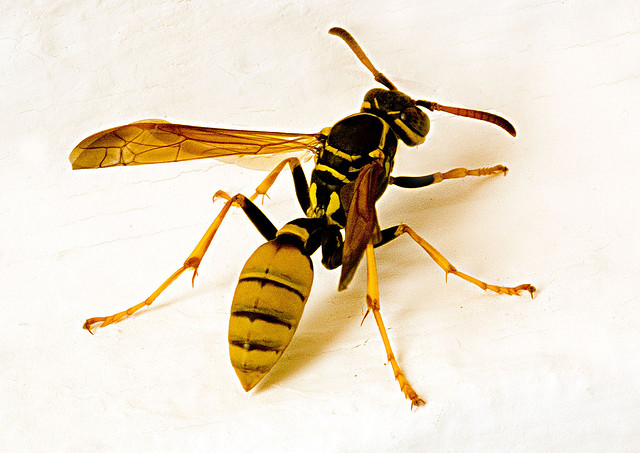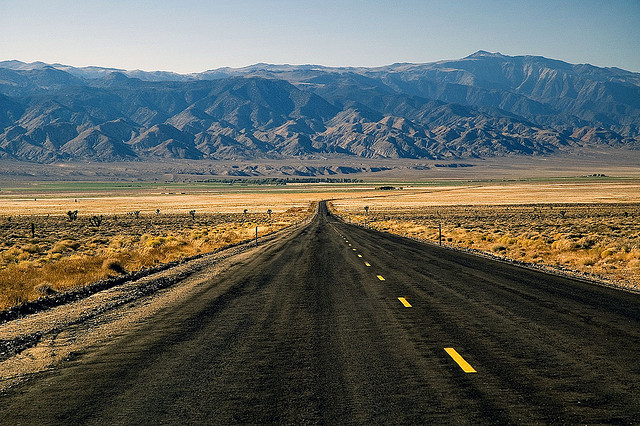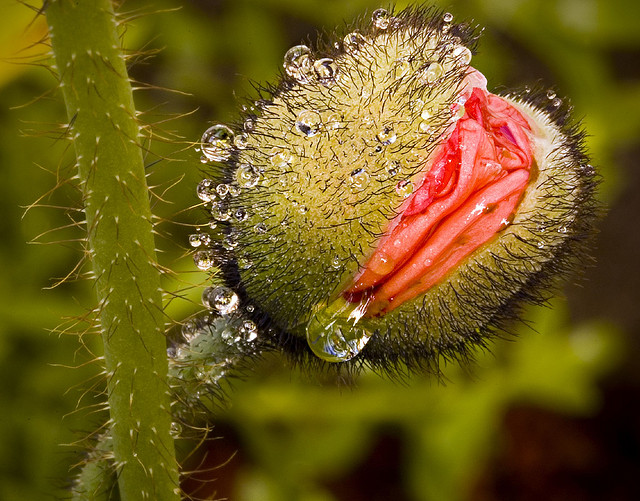I am often asked how I deal with the issue of image theft, considering my extensive online presence on my blog and on my Flickr stream. My answer has been that I don’t release high-resolution files except to known reliable clients under contract, and that I expect some image thievery to be taking place with the low-resolution versions I post online. This, I explain, is a little like “spoilage” in a retail store: part of the cost of doing business. Without images online no one will find me, and over the years I have made many new clients via my blog and Flickr. Incidentally, I explain, I don’t watermark my online images because watermarks are ugly, and can easily be cloned out.

It turns out that I have substantially underestimated the prevalence of commercial image theft of my work. Sure, I was aware of quirky uses of my work like the woman who tattooed my cherry blossom branch on her back. But by and large, I didn’t look for examples of image appropriation, and I was unaware of the extent of the problem. For example, my photo of a wasp shown above, shot somewhat precariously on the ceiling of my living room while standing on a cardboard box (a diaper carton, fortunately we have past that stage, you can see this in the blog story about the photo, but I digress) placed on a chair, has been widely used without a license by many pest control companies.
The gentle image of waves on a shore shown below is used without license by several real estate companies located near one of the coasts.
Generally, image theft is as easy as right-clicking on the image, and choosing Save As from the context menu, then posting the photo without attribution. The fact that all my images are labeled as copyrighted, and that Flickr is set to “All Rights Reserved” seems to be widely ignored. I’m sure this is the situation for many photographers who post their work.

This information about the extensive use of my photos on the web came to my attention via a startup company named Pixsy that has some nifty technology to combat image theft, along with an innovative business model. Here’s how Pixsy works: First you register with Pixsy, and point their software at your online image stream, such as my website and Flickr. Pixsy then comes back with an automated image-matching search of the Internet, with matches showing suspected image theft. In my case, initially there were six-figures of matches (hence Phyllis and my internal designation of looking through these matches as “going down the rabbit hole”).
It’s up to the individual to go through the automated matches to determine which ones are legitimate, and which are image theft. For example, images I have actually licensed might show up on the Pixsy search, as well as all my book covers.

When you find an example of image theft, you submit it to Pixsy. For example, my image of an empty road in Nevada shown above seems to turn up without license on a great many travel websites.
Pixsy lets you know whether they’ve accepted or rejected the submission. It’s company policy to only accept image submissions where there is a good likelihood of collecting a usage fee. Image submissions that are routinely rejected include: uses in countries that Pixsy doesn’t police (some countries are on a list for future handling, others are simply too lawless when it comes to copyright); non-commercial uses; the general catchall that Pixsy doesn’t think there is a “statistical likelihood of recovery”; and malefactors like Pinterest who hide behind the noxious common carrier provisions of the DMCA. Phyllis has most often been going down our rabbit hole, and trying to take some care with what she submits so that the usage is likely to meet Pixsy’s requirements; our acceptance rate is running somewhere between 30% and 50%.

Even if Pixsy doesn’t accept the submission, now that we know this usage is out there we can of course send a take-down notice on our own. Depending on the user, this may or may not work—my image of wet poppy bud shown above seems to turn up (among other places) on X-rated sites, many of which seem not to be particularly cooperative.
With an accepted submission, Pixsy determines a rate for the usage and begins negotiation with the image thief (who may have made a mistake in ignorance rather than with bad intentions). The starting point for the license fee is an industry-standard database of usage fees. By signing up with Pixsy, the user commits not to contact the infringer directly, except to confirm that Pixsy is the authorized representative.
Pixsy’s business model is to take 50% of any fees collected. This is inline, or a little more favorable, compared with the percentage taken by a conventional stock licensing agency.
Pixsy has submitted numerous invoices on my behalf, a few of which have been paid. It is a little too soon for me to get a definite sense of the overall financial success of their approach, but I am highly optimistic.
Most of all, these commercial and professional users should have known better than to steal my images without contacting me, or paying for the usages. My hope is that when it is widely known that “crime doesn’t pay”—because Pixsy will come after them—these image users will decide to do the right thing, and pay for their usage upfront. This could reverse some unpleasant trends in the photography business—the general lowering of licensing fees because of widely available online content perceived as free, just as in the music business.
I’d like to see leverage restored to image creators whose work is in demand, and from this viewpoint Pixsy’s technology and business model is a very positive development.
Harold Davis
16 Jul 2015I heard from a reader as follows: “I enjoy your photographs every day and today’s article makes me wonder if it is okay to save them for wallpapers on our own PCs?”
This is actually a great question. From a technical viewpoint, no, you don’t have permission to use my work in any way unless I say that it is okay. But don’t worry: Pixsy is only concerned with commercial usage in any case, and so would not be interested in personal use.
Pingback: Harold Davis Photo wrongly attributed as Georgia O’Keeffe painting; special print offer
Pingback: Rooftops of Paris—Split-Toned Version
Pingback: Annals of Deceptive Business Models: Vida and Shopvida